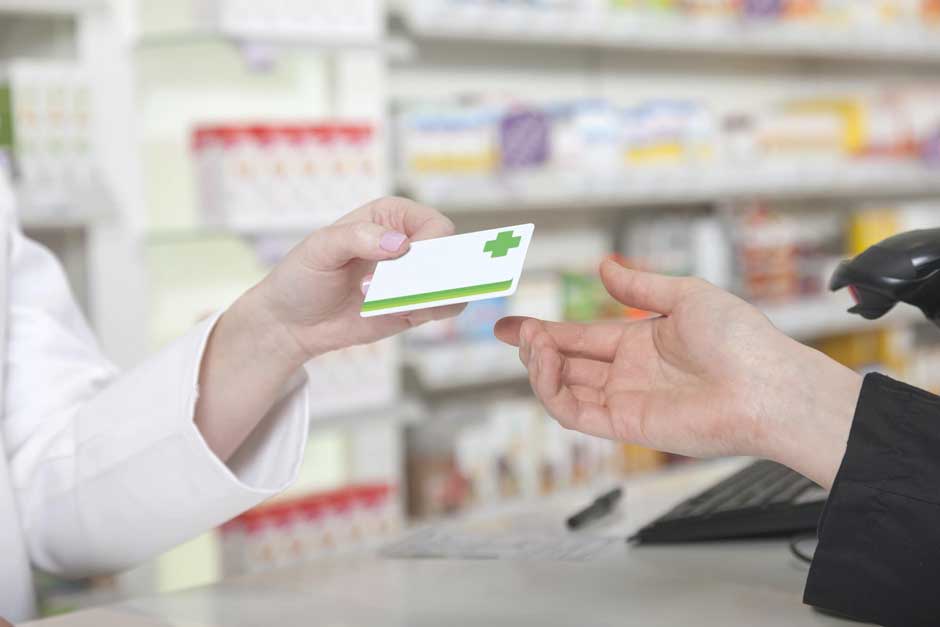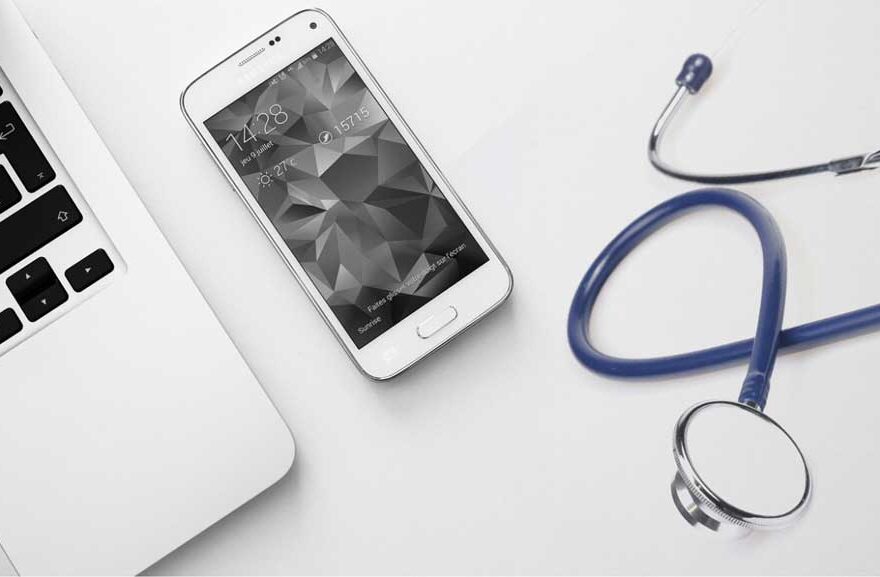How Prescription Savings Programs Support Affordable Healthcare

Prescription Costs: A Growing Challenge
The rising cost of prescription drugs has made healthcare more expensive for millions of Americans, leading to a significant financial challenge. Nearly 30% of adults skip doses, delay refills, or cut pills in half due to financial constraints. This can lead to serious health risks, especially for those with chronic illnesses like diabetes, heart disease, or asthma. The inability to pay for regular medications can result in worsening conditions and increased emergency care visits. Many people struggle to balance their health and other basic needs.
With such barriers in mind, pharmaceutical access has become a central topic in healthcare conversations. This is where tools like prescription savings programs have emerged as a valuable lifeline. Consumers are increasingly drawn to services like BuzzRx, which work to close the affordability gap and empower Americans to maintain their health without sacrificing their savings. These programs ensure that even those who fall through the cracks, like individuals with high deductibles or limited coverage, have a reliable strategy to save on necessary medications.
What Are Prescription Savings Programs?
Prescription savings programs are industry partnerships designed to offer discounted prices on many commonly prescribed medications, both brand-name and generic. Unlike traditional health insurance, these programs don’t require you to meet a deductible or enroll during a special period—they’re meant for immediate, direct savings at the pharmacy counter. Most programs use free cards or digital coupons, which users present when filling prescriptions. Behind the scenes, these savings are achieved by negotiating special rates with large pharmacy networks, ensuring lower costs are passed to consumers. These programs fill a critical niche, addressing gaps where insurance falls short, doesn’t apply, or results in high copays. This flexibility is especially valuable as drug prices fluctuate and patients increasingly seek ways to cut out-of-pocket spending imposed by shifting healthcare landscapes.
Who Can Benefit from Savings Programs?
Prescription savings programs benefit everyone, but high-deductible health plans, uninsured patients, and Medicare recipients benefit the most. These discounts help afford needed medication until deductibles are met, while generic medicines can carry unpredictable pricing due to differences in pharmacy contracts and inventory costs. Prescription savings programs help level this terrain, making it easier for individuals to stick to their regimens without shopping around town. This accessibility leads to better adherence, fewer missed doses, and improved patient outcomes. The U.S. Food and Drug Administration reports that generics account for 90% of prescriptions.
How Do Prescription Savings Programs Work?
Prescription savings programs are popular due to their simplicity and accessibility. Users receive a physical card, coupon, or digital code for enrollment, which the pharmacist then processes. The patient pays the program’s negotiated rate, which can sometimes undercut their insurance plan’s copay, even for common generics. This flexibility allows consumers to shop around for the lowest price, putting choice and savings directly in their hands. Prescription savings cards can defend against steep retail pricing for the uninsured. At the same time, insurance users can offer price comparisons and protection from formulary exclusions, especially when medications fall into non-preferred or tiered categories with high copays.
Comparing Prescription Savings Options
To maximize potential discounts, it’s crucial to compare various savings options. Coverage breadth is essential, as it determines if the program covers the specific medication needed and is widely accepted at nearby pharmacies. Savings amounts vary, so it’s worth checking each drug individually. Usability is also essential, with programs offering digital cards, user-friendly apps, or customer support being more convenient. Data privacy is crucial, with the best programs requiring minimal personal information and implementing clear privacy practices. User feedback can be a valuable resource, and regular check-ups against multiple programs can unlock long-term savings and discover new discounts as pharmacy contracts change and deals are negotiated.
Dispelling Common Myths
Despite their benefits, prescription savings programs often face skepticism due to misinformation. The myth that only uninsured patients are eligible is false, as anyone can compare and leverage a savings card. These discounts sometimes surpass insurance copay rates, making them a smart option for new prescriptions. Data privacy concerns are also a concern, but legitimate programs limit personal information collection to a name, ZIP code, and email for enrollment. Pharmacists are generally knowledgeable about these programs and focus on helping patients find the most affordable route to obtain their medicines. They will gladly process any discount that puts medication within a patient’s reach.
Tips for Maximizing Prescription Savings
To maximize prescription savings, ask your pharmacist to check prices with and without insurance, compare prices at different pharmacies and within the same pharmacy chain, test multiple savings programs, and seek additional support through manufacturer coupons or patient assistance programs, especially for high-cost specialty prescriptions. Schedule regular medication reviews with your healthcare provider, as switching to a generic or different drug in the same class could open up new savings. Sign up for program alerts and regularly re-check prices at refill time, as negotiated rates and deals can change without notice.


